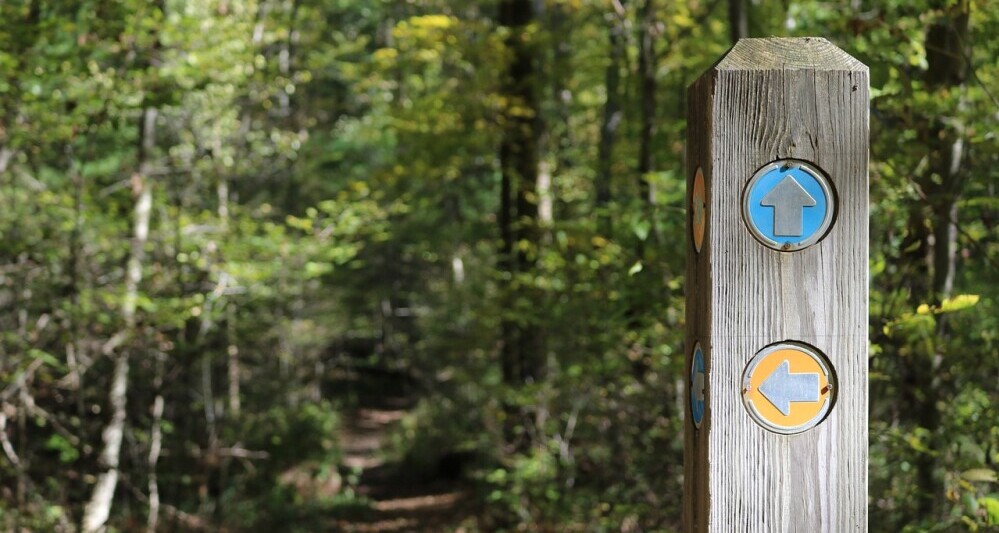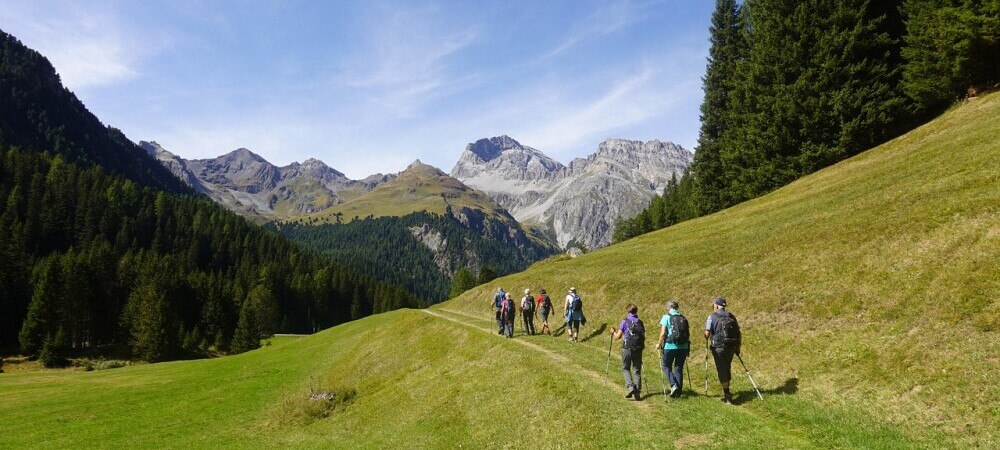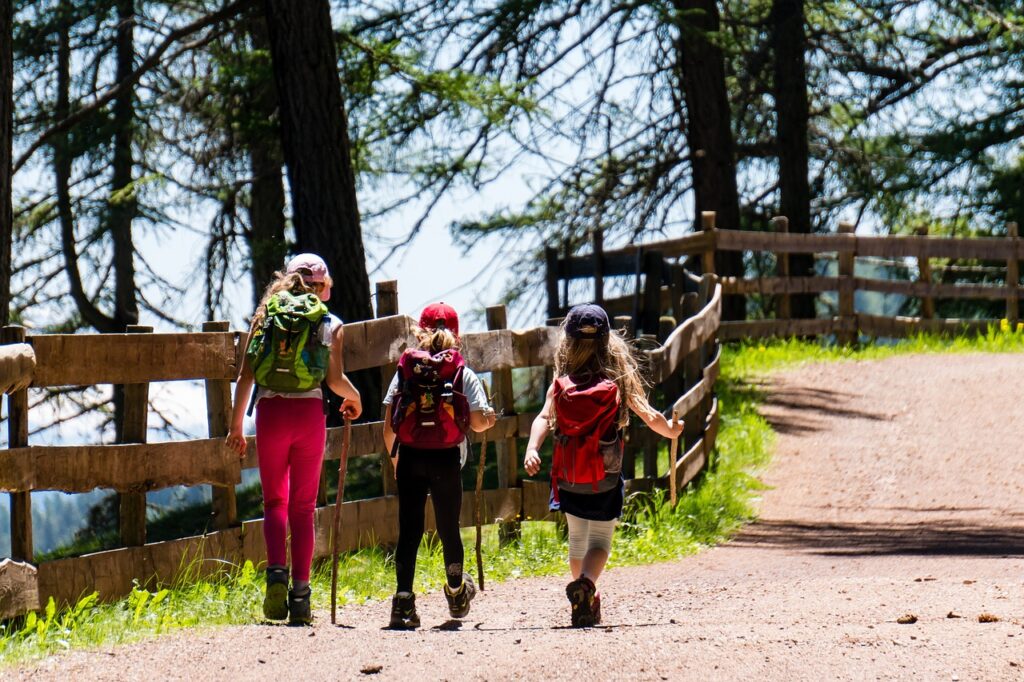Hiking is a fantastic way for families to spend quality time together while enjoying the great outdoors. Whether you are an experienced hiker or a beginner, choosing the right trail is essential to ensure a fun and safe experience for all family members. In this guide, we will explore the importance of selecting the right trail, essential safety tips, top trails in North America, and ways to make hiking both fun and educational. Let’s dive into the world of family-friendly hiking and discover how it can become a cherished activity for years to come.
Introduction to Family Friendly Hiking Trails

Importance of Choosing the Right Trail for Families
Selecting the right hiking trail is crucial for ensuring an enjoyable experience for everyone. Families need trails that are easy to navigate, have minimal elevation gain, and provide plenty of rest stops. Look for well-maintained paths with clear signage and avoid strenuous trails that may be too difficult for young children or elderly family members.
Considerations for Different Age Groups
When planning a family hike, consider the ages and physical abilities of all participants:
- Young Children (Ages 3-7): Short, flat trails with interesting features like streams or small bridges are ideal. Choose trails under two miles in length to prevent exhaustion.
- Older Children (Ages 8-12): Slightly longer trails with moderate elevation gains can be manageable. Look for trails with interactive elements like scavenger hunts or nature walks.
- Teenagers and Adults: More challenging trails can be considered, but ensuring a mix of fun and difficulty keeps the hike enjoyable for everyone.
- Seniors: Trails with gentle inclines, smooth terrain, and plenty of shaded areas work best.
Benefits of Family Hiking for Physical and Mental Well-being
Hiking provides numerous benefits for both physical and mental health, including:
- Physical Health: Improves cardiovascular fitness, strengthens muscles, and promotes an active lifestyle.
- Mental Health: Reduces stress, improves mood, and fosters a sense of adventure.
- Family Bonding: Encourages teamwork, communication, and shared experiences in nature.
Safety First: Preparing for a Family Hike
Essential Safety Tips for Family Hiking
Ensuring safety on the trail is the top priority. Here are key safety tips:
- Plan Ahead: Check the weather forecast and trail conditions before heading out.
- Stay Together: Always keep young children within sight and establish a buddy system.
- Know Your Limits: Choose trails that match your family’s fitness level.
- Have an Emergency Plan: Be aware of nearby emergency contacts and first-aid procedures.
Packing Checklist for a Family Hike
Having the right gear ensures a smooth hiking experience. Essentials include:
- Comfortable, weather-appropriate clothing and sturdy footwear
- Plenty of water and snacks
- First-aid kit, insect repellent, and sunscreen
- Maps, compass, or GPS device
- Flashlights and extra batteries
- Trash bags to carry out waste
Understanding Trail Signs and Potential Hazards

Educate your family about common trail signs, including:
- Directional Signs: Indicate trail routes and distances.
- Hazard Signs: Warn of cliffs, wildlife, or slippery areas.
- Emergency Markers: Help locate assistance points. Additionally, be aware of potential hazards such as unstable terrain, poisonous plants, and unpredictable wildlife.
Importance of Staying on Designated Trails
Straying off marked trails can be dangerous and harmful to the environment. Staying on designated paths helps prevent accidents, protects local ecosystems, and preserves the beauty of nature for future hikers.
Top Family Friendly Trails in North America

Overview of Popular Trails in Various Regions
North America offers a variety of family-friendly hiking trails. Here are a few favorites:
- East Coast: Great Falls Park (Virginia), Acadia National Park (Maine)
- West Coast: Redwood National Park (California), Multnomah Falls (Oregon)
- Midwest: Starved Rock State Park (Illinois), Cuyahoga Valley National Park (Ohio)
- South: Smoky Mountains National Park (Tennessee), Congaree National Park (South Carolina)
Difficulty Levels Suitable for Young Children and Older Adults
Many trails cater to different difficulty levels:
- Easy: Paved and well-maintained trails, ideal for strollers and young children.
- Moderate: Slight elevation changes, good for school-aged kids and active families.
- Challenging: Steeper inclines and longer distances, suitable for teens and experienced hikers.
Highlighting Trails with Scenic Views and Educational Opportunities

Some trails offer breathtaking views and interactive learning experiences:
- Yosemite’s Lower Yosemite Falls Trail: Easy and stroller-friendly, with stunning waterfall views.
- Blue Ridge Parkway Trails: Provide cultural and historical insights about the Appalachian region.
- Grand Canyon’s Rim Trail: Features educational signs about geological formations.
Outdoor Education: Making Hiking a Learning Experience
Incorporating Nature Study and Wildlife Observation
Engaging children in nature study makes hiking more enriching. Bring a field guide to identify birds, insects, and animal tracks.
Understanding Local Flora and Fauna During Hikes
Take the opportunity to teach children about native plants and their ecological importance. Encourage kids to observe different leaf shapes, flowers, and tree types.
Encouraging Environmental Awareness and Conservation Among Children
Teach children to respect nature by following Leave No Trace principles:
- Pack Out What You Pack In: Carry all trash out with you.
- Stay on Trails: Avoid disturbing wildlife habitats.
- Respect Wildlife: Observe animals from a safe distance.
Creating Lasting Memories: Fun Activities to Do on the Trail
Games and Activities to Keep Children Engaged During Hikes
Make hiking fun with:
- Scavenger Hunts: Create a checklist of things to find on the trail.
- Storytelling: Take turns making up stories inspired by nature.
- I-Spy: Keep children entertained by spotting different colors, shapes, or animals.
Setting Up a Family Picnic in Scenic Spots
Pack a picnic and enjoy a meal in a picturesque location. Choose spots with open spaces for kids to play and relax.
Nature Journaling and Photography for Kids and Parents
Encourage kids to document their experiences through:
- Nature Journaling: Drawing and writing about what they see.
- Photography: Capturing scenic views, plants, and animals to create a hiking scrapbook.
Encouraging a Love for the Outdoors: Building a Family Hiking Routine

Motivate Families to Explore New Trails and Spend Quality Time Outdoors Together
Consistency is key in developing a love for hiking. Set goals such as exploring a new trail every month or visiting a different national park each year.
Make It a Family Routine
Schedule regular hiking trips and involve everyone in the planning process. Let kids pick trails or plan activities to make them feel included.
How Regular Hiking with Kids Will Spark a Lifelong Interest in Nature and Healthy Exercise
By making hiking a routine, children develop:
- A Love for Nature: They become more environmentally conscious.
- Healthy Exercise Habits: Encouraging lifelong fitness.
- Stronger Family Bonds: Spending quality time together builds lasting memories.
Hiking as a family is more than just a fun activity—it’s an opportunity to create memories, learn about nature, and develop lifelong healthy habits. By choosing the right trails, staying safe, and making hikes engaging, families can foster a deep love for the outdoors. So grab your gear, pick a trail, and start your next adventure together!
Here’s a little transparency: Our website contains affiliate links. This means if you click and make a purchase, we may receive a small commission. Don’t worry, there’s no extra cost to you. It’s a simple way you can support our mission to bring you quality content.

